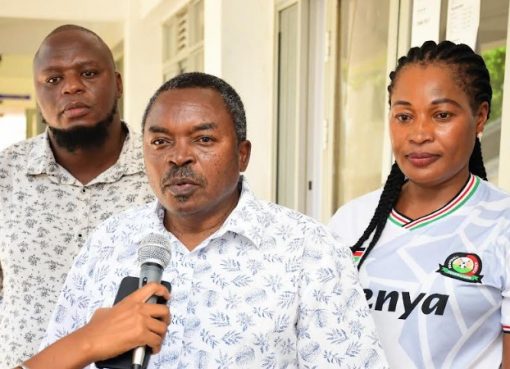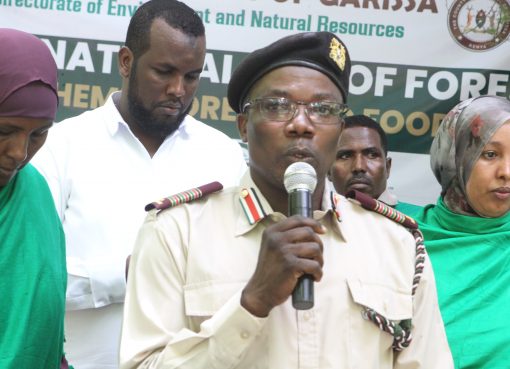Being the third main cereal crop grown in Kenya after maize and wheat, rice farming is steadily gaining popularity in some parts of Murang’a County.
Over the years, rice has been grown in established irrigation schemes like Ahero, Bunyala, West Kano and the central Kenya’s Mwea scheme in Kirinyaga County.

However, in some parts of Kimathi division in Kiharu constituency, one does not fail to notice tens of rice paddies decorating the farms in a venture that show residents have optimistically embraced farming the cereal.
Phillis Njeri, 40, is one of the farmers who quit maize and beans farming in 2019 and has been growing rice in her two-acre piece of land.
She divulges that they noted people from other areas had leased pieces of land around and planted rice which was doing well. This motivated her to also venture in rice farming.
“They were reaping huge returns and I got interested in the venture as well. I quit planting maize and beans which were no longer tenable,” observes Njeri
Njeri initially leased a one-acre piece of land in Kimathi area which is susceptible to seasonal flooding and planted rice.
Rice crop is versatile and can grow in a range of soil types from sandy loam to silty loam, require irrigation and can survive flooding. The crop also requires a soil PH varying from 5.0 to 9.0
“This area was connected with water for irrigation by the county government back in 2016 and this has improved our livelihoods through farming,” expounds Njeri adding that even residents who do not own farms get their daily livelihood from working in other people’s rice farms.
She admitted that the Kimathi-Githuuri water project which was done by Murang’a County administration attracted farmers to start growing rice in the region that borders river Sagana.
Preparations of land to plant rice which can grow from 3.3 feet to 5.9 feet tall involves ploughing and harrowing to till and level the soil.
Moreover, as Njeri says, tillage has to be done to help with weed control so that the seedlings can be planted at the right depth.
“It is easier to prepare the land nowadays as we employ the services of combine harvesters from the Mwea Irrigation Scheme.
“They till the land for us thus reducing hours used in manpower and when the rice is ready we again use mechanised harvesting,” She narrated adding that growing rice is easy and the returns are huge.
After transplanting the rice, one has to spray and check out for weeds and parasites and keep weaver birds away. Rice matures in four months.
Admittedly, from her one-acre piece of land Njeri harvested 20 sacks of 50 kilogrammes rice against the ideal 30 sacks that most of times is harvested from one-acre piece of land.
“The prolonged cold spell in the last season affected the harvests but we hope to reap well this season.” She averred.
Njeri’s initial capital was Sh 30,000 and after selling the 20 bags of her pishori rice to the National Irrigation Board.
At every harvest season, she manages to rake in more than Sh120,000, an amount which she says has helped improve her livelihood and that of her family.
The farmer advises the locals to take advantage of the irrigation water and venture into rice farming as it is very lucrative and the market is underutilised.
“Rice is widely consumed, is easy to grow and manage, as long as there is water for irrigation,” Njeri observed
By Bernard Munyao and Florence Kinyua





